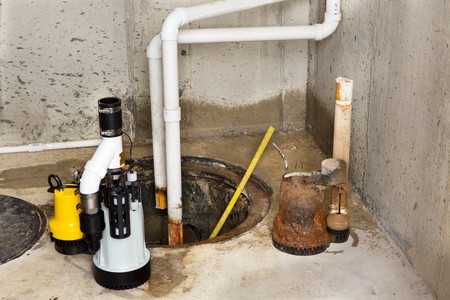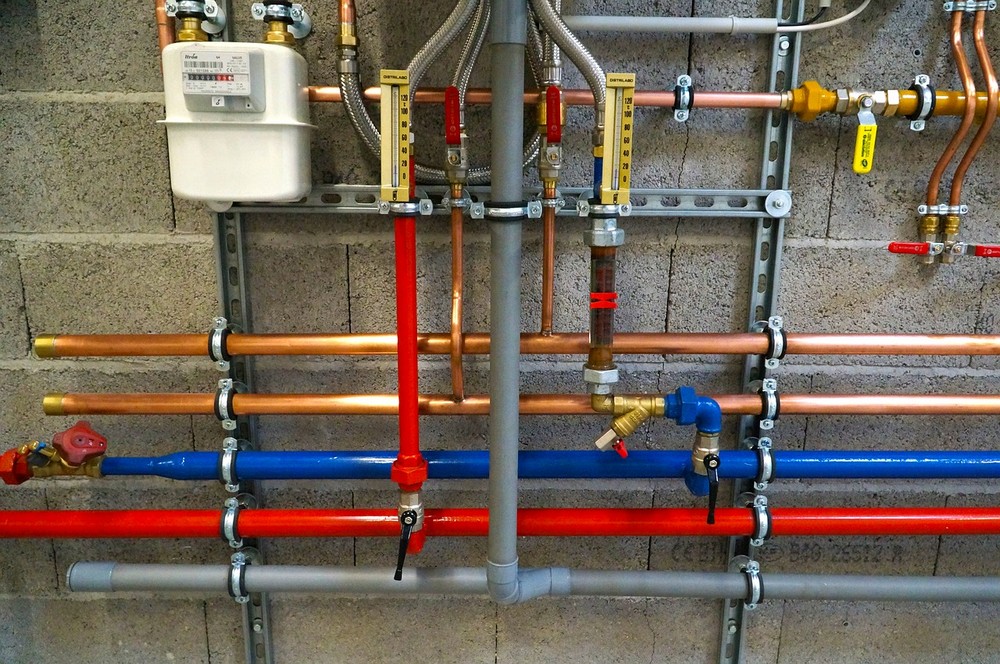The Science Behind Sump Pumps: How Do They Keep Your Basement Dry?

As a professional plumber, has encountered countless situations where homeowners have relied on sump pumps to safeguard their basements from water damage. These unassuming devices play a vital role in preventing flooding and keeping your basement dry. But have you ever wondered about the science behind sump pumps and how they work their magic? In this blog, we'll dive deep into the mechanics of sump pumps and explore how they effectively keep your basement free from water woes.
Understanding the Basics: What Is a Sump Pump?
Before delving into the science, let's clarify what a sump pump is. At its core, a sump pump is a mechanical device installed in the lowest point of your basement, typically in a pit or sump basin. Its primary purpose is to pump excess water away from your home's foundation to prevent basement flooding. Now, let's explore the science behind this essential plumbing equipment.
1. Water Collection and Entry
The science begins when groundwater or rainwater seeps into the soil around your home's foundation. This water can enter your basement through cracks, joints, or other openings in the foundation walls and floor. The sump pump installation starts with a drainage system, which may include a perimeter drain or French drain, that directs this incoming water toward the sump pit.
2. The Sump Pit: The Heart of the System
The sump pit, often made of concrete or plastic, is strategically placed at the lowest point in your basement. Its position is crucial because gravity ensures that water flows towards it. When the water level in the pit reaches a certain height, a float switch or sensor activates the sump pump.
3. Activation and Pumping Mechanism
The sump pump's activation is where the real science comes into play. When the float switch triggers, it signals the pump motor to kick into action. Most sump pumps utilize centrifugal force to move water. Here's how it works:
Impeller: The motor spins an impeller, a small, fan-like blade, at high speed.
Centrifugal Force: As the impeller spins, it creates a centrifugal force that propels water toward the outer edges of the pump.
Discharge Pipe: Water is forced into a discharge pipe connected to the sump pump, leading it away from your home.
4. Exit Strategy: Where Does the Water Go?
The discharged water is directed away from your home, typically through a PVC pipe that extends to a safe drainage point, such as a storm drain, dry well, or a designated area away from the foundation. This process effectively removes excess water from your basement, keeping it dry and free from flooding.
5. Backup Systems for Reliability
In some cases, power outages or pump failures can compromise the efficiency of your sump pump. To address this, backup systems like battery-operated pumps or water-powered sump pumps are employed. These systems ensure that even during adverse conditions, your basement remains protected.
Conclusion
In conclusion, the science behind sump pumps is a remarkable blend of engineering and physics designed to keep your basement dry. By effectively collecting and redirecting water away from your home's foundation, sump pumps play a pivotal role in preventing basement flooding. Understanding how these devices work can help homeowners appreciate their significance and ensure their proper maintenance.
Choose when you need a plumber for sump pumps in Spring Lake.

Plumbing Tips & Tricks
-
Why Your Drains Keep Clogging: 3 Signs It’s Time to Call a Professional
Dealing with clogged drains now and then is a common household issue, but when clogs become a recurring problem, it’s often a sign of deeper plumbing issues. While DIY solutions can temporarily addre […]
-
How Replacing Your Water Heater Can Improve Your Home
In this day and age, when we want hot water, all it takes is a small twist of a handle. It used to take a lot of hard work whenever folks needed enough hot water to take a bath or boil up a stew, and […]

